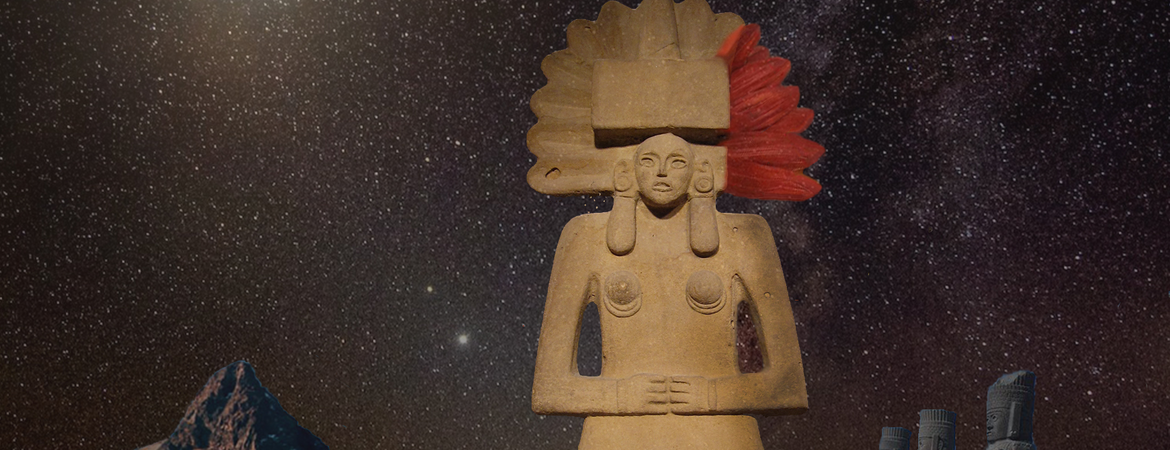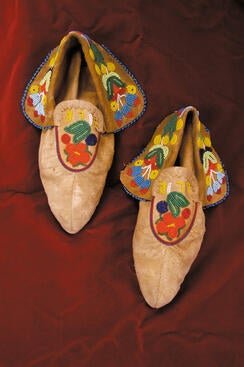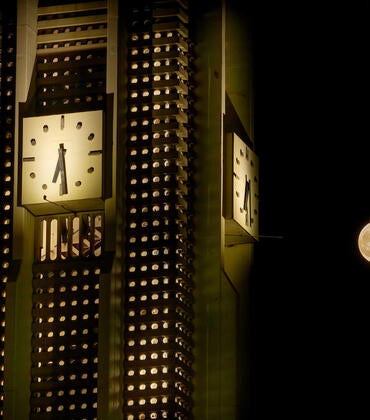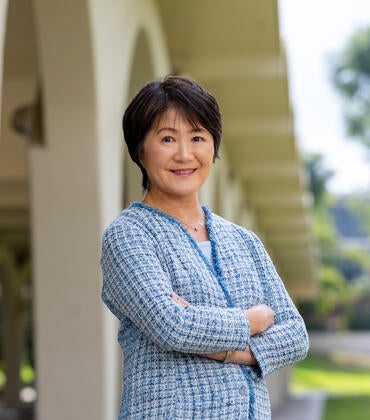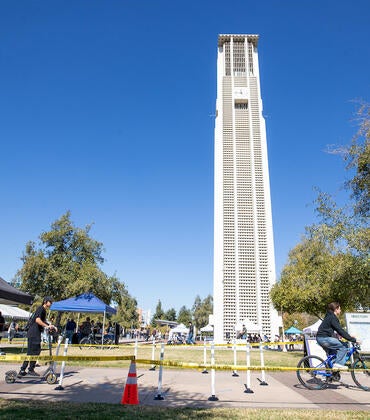The UC Riverside Library’s vast collection of rare manuscripts, photographs, books, and other material in its Special Collections and University Archives has long been a valuable resource for scholars researching history. A new arts and literary magazine published by the library showcases writers and artists who used it as inspiration to create new works.
“Ancestral Futures” features poetry, short stories, collages, and other creative works by faculty and students inspired by archival material. The collection is the first original arts and literary magazine published by the UCR Library. A launch party was held May 21 to celebrate its publication.
A small run of 100 copies was printed; they are available at Special Collections and University Archives while supplies last. The magazine is also available online where it can also be downloaded as a zine.
“By welcoming artists, writers, and other creatives to the archives, we open the doors to new beginnings, interpretations, and pathways to engaging with these materials and histories,” wrote Sandy Enriquez, a Special Collections public services, outreach and community engagement librarian, in the magazine introduction.
Enriquez, who organized the project, said she was excited by the idea of blending the archives and art, showing ways in which they can overlap. The library wants to emphasize that the archives are not just for researchers but are also for writers, artists, and others who can use it to explore history in different ways, she said.
“The concept of memory-keeping resonates with a lot of artists,” she said. “The idea of tracing history or connecting to history is relevant to them. Working with the archives might not be an avenue they traditionally use, but being able to combine artistic practice with archives opens up new possibilities to explore."
The eight contributions are accompanied by photographs of the archival inspiration for each piece of work.
For example, a 1933 street photo of Hong Kong and a pair of Native American leather moccasins resulted in a short story by Yilun Fan, a doctoral student in comparative literature. The image of barefoot Chinese workers and the shoes led her to bridge the two worlds with a story about the role of footwear in different cultures and how they reflect social status.
The moccasins, from the Rupert and Jeanette Costo Collection, also served as one of the inspirations for a drawing by Riverside cartoonist Joe Chiapetta, who created a remixed science fiction scene in which the shoes are transformed into a spaceship.
Annika Speer, a professor in the Department of Theater, Film, and Digital Production, also touches on elements of speculative fiction in a photo collage resembling a movie poster that includes civil rights activist Angela Davis.
“Ancestral Futures” was made possible by grant funding the library received from the Andrew W. Mellon Fellowship for Diversity, Inclusion, and Cultural Heritage, the Rare Book School, Native American Student Programs, and the California Center for Native Nations.
The library solicited contributions from the campus and community and held two workshops providing potential contributors an idea of the material in the archives and how it could be used. Contributors were asked to draw on the experiences of Black, Indigenous, and people of color in the Inland Empire.
At the workshops, library staff demonstrated how to search the archives and brought out items like a Native American basket from the Costo Collection. For some, it was the first time they had used the library archives, Enriquez said.
She said the way that contributors used archival material to create a variety of pieces helped her see the items in new ways.
“I feel like it's giving me a different type of appreciation, a different lens to view these items,” Enriquez said. “That's an unexpected benefit of this project; it's enriched my own connection to these materials and the possibilities that I can envision for the materials we steward here."
Main image "Toci Moon" by Cynthia Curiel Raygoza from "Ancestral Futures."
